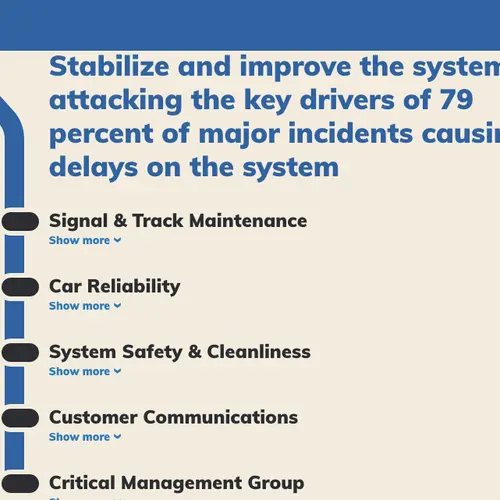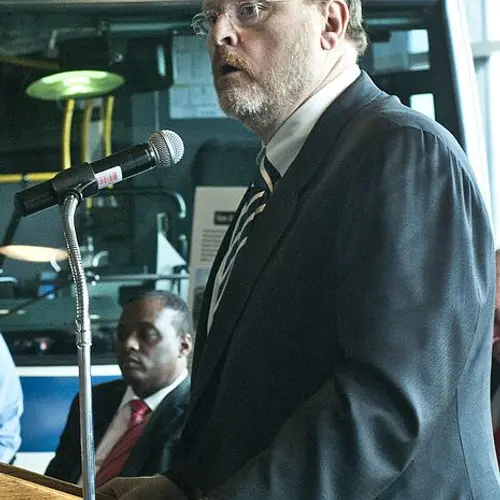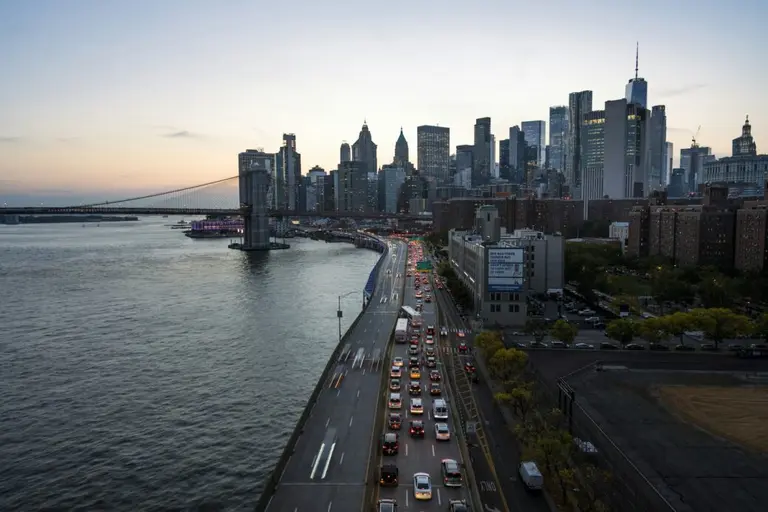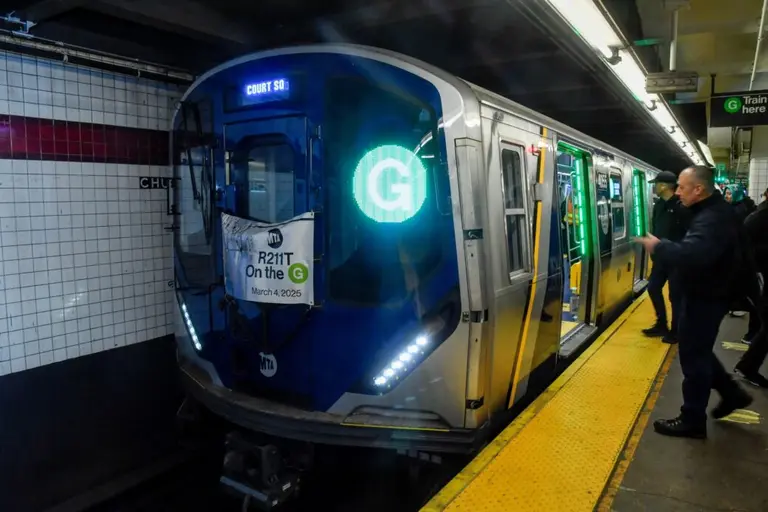MTA announces $800M emergency rescue plan for a distressed subway system, includes removing seats

After months of what has seemed like rapidly accelerating deterioration, scary incidents, complaints and finger-pointing, the Metropolitan Transportation Authority revealed on Tuesday an $800 million emergency rescue plan for the city’s beleaguered subway system, the New York Times reports. Some key solutions identified for the initial phase of the plan, called “MTA Moving Forward,” included taking out seats on some cars–Boston’s transit system has done this in some cases to make room for more commuters. When asked when riders would begin to see the benefits of the plan, MTA chairman Joseph Lhota said that key parts of the plan’s initial phase would be implemented “relatively quickly.”

The plan outlines two phases of repairs and upgrades. The first phase would stabilize the troubled system, and the second would modernize the aging infrastructure of an already-strained subway system that moved 5.6 million passengers a week in 2016. Included are more than 30 separate measures that address the system’s biggest weaknesses–like antiquated signals and track fires–and specifies hiring 2,700 new employees. The rescue effort comes with a hefty price tag: $450 million in operating costs and $380 million in capital investment.
On the topic of removing seats, Lhota explained that MTA officials will remove the seats from a few cars on selected lines so more bodies could fit on board–possibly 25 more riders on each car. The plan also calls for extra cars to be added to trains on the C line, stepping up repairs to the most problematic signals, installing countdown clocks and refurbishing 1,100 more train cars per year to improve reliability. The MTA plans to create a “public dashboard” so that riders can see how the system is performing.
During Tuesday’s announcement, Lhota asked the mayor to help fund the fixes, suggesting that the state and the city split the tab 50-50. As 6sqft reported earlier, the announcement comes on the heels of a growing feud between Governor Andrew Cuomo and Mayor Bill De Blasio on the subject. Gov. Cuomo recently accused the city of not taking on its share of the subway’s financial burden; Mayor De Blasio demanded that Cuomo “take responsibility” over the MTA . The mayor expressed cautious optimism about the plan, calling it an “important first step,” though he stopped short of committing funds to back it, saying that it was “up to the M.T.A. to right the ship.”
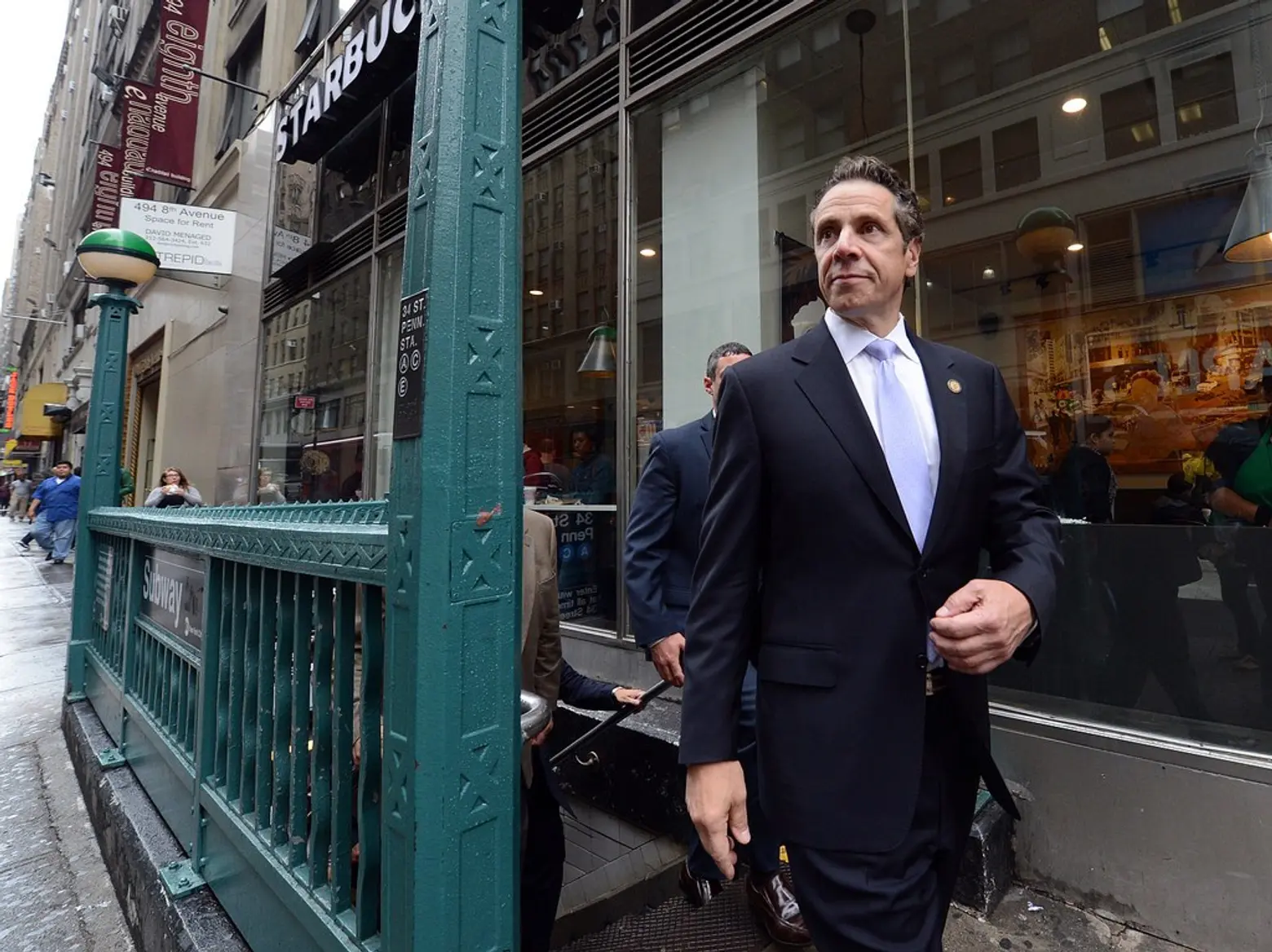
Gov. Andrew Cuomo recently accused the city of not taking on its share of the subway’s financial burden. Image via the Governor’s office
Last month, Gov. Cuomo declared a state of emergency for the New York City subway and gave Lhota 30 days to submit a rescue plan. Cuomo called the resulting plan “substantive and realistic,” agreeing to split the cost of the rescue plan with the city. Technically the governor appoints MTA board members and controls its budget. According to Cuomo, however, the city owns the transit system through the NYC Transit Authority and subsequently leases it to the MTA.
Gene Russianoff, leader of the Straphangers Campaign and a member of the advisory board that will oversee the implementation of the new plan, questioned the idea of removing seats from subway cars. “My standard is my mom. Would she like to stand all the way from Midtown, where she used to work, to Sheepshead Bay? The answer is a resounding no.”
Find out the details of the plan to improve the New York City subway system here.
[Via NYT]
RELATED:













